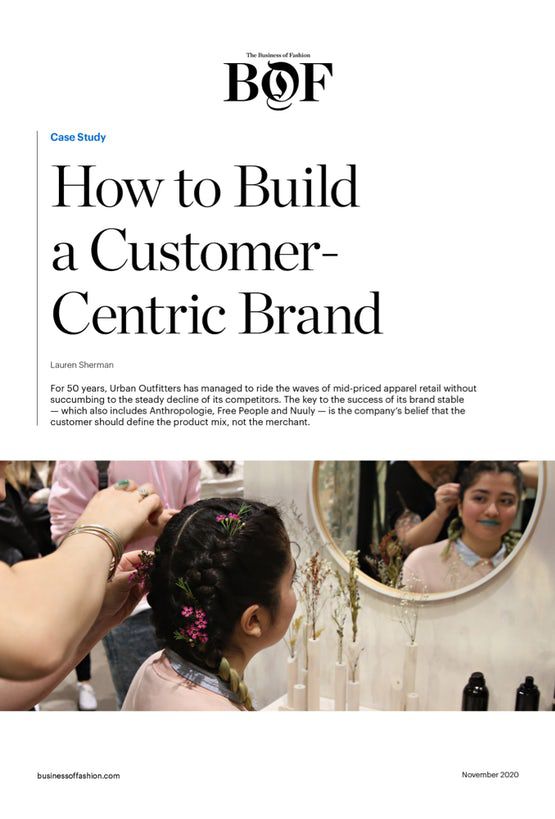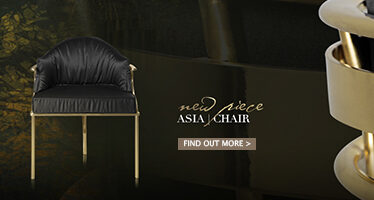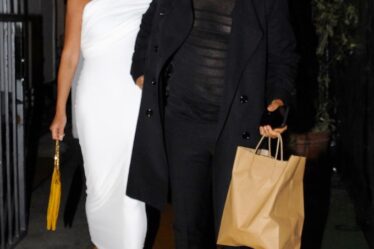
By the end of 2020, the American mall was in shambles. An outcome 40 years in the making, many venerable retailers had filed for bankruptcy (Neiman Marcus, J.Crew, Brooks Brothers, J.C. Penney) or experienced further setbacks that set them on a steeper decline that could still take years to play out (Gap, Victoria’s Secret).
The reasons are well-documented. Retailers in America opened too many stores, produced too many goods and held too many sales, creating a cycle of eroding margins and rising debt that stifled innovation.
Unless you’re Urban Outfitters, that is. The Philadelphia-based chain is one of the few American clothing retailers to deliver good news to its investors during the pandemic, generating earnings of $0.35 per share in the second quarter of its 2020 year, beating analyst estimates by $0.79. The company credited this success to a rise in online sales and record-low markdowns, even as government-enforced lockdowns kept many of its stores closed. Operating costs were down 29 percent, thanks to a combination of government aid and disciplined budgeting.
This is not the story we’re used to hearing about American retail brands, but Urban Outfitters isn’t weighed down by the mall. A 50-year-old concept, Urban Outfitters has managed to maintain relevance and steady sales by placing the customer at the centre of its strategy. While its contemporaries are often driven by a top-down vision, Urban Outfitters — as well as its most successful offshoots, Anthropologie and Free People — enables the customer to drive merchandising, offering a veritable bazaar of products that appeal to a wide range of tastes and desires.
Ultimately, Urban Outfitters’ success is predicated on giving customers what they already crave. The company uses consumer sentiment and data to fill stores with a wide range of brands and products across multiple categories, from repurposed vintage and clean beauty to vinyl records to home goods. If the clothes don’t work for you, something else will. It’s a model that’s worked for high-end concept stores like Dover Street Market and Colette, but has rarely been used in a format targeted at middle-class teenagers.
Over the years, the company has used a test-and-learn approach to incubate new brands and spin them into their own entities. It has prioritised experiential retail, taking its brands far beyond the typical mall. Instead of using print advertising and hefty online marketing to acquire customers — its advertising expenses were under $3 million in 2019, compared to $687 million at Gap Inc. — Urban invests that budget in launching new labels and trying out new store concepts, which in turn draw attention. (For instance, the company launched Nuuly, a rental platform to compete with the likes of Rent the Runway, in 2019.)
While Urban brands may not define the zeitgeist, they are able tap into it, channelling a certain attitude or spirit. At Urban Outfitters, it’s about being young and interesting. At Anthropologie, it’s about being a sophisticated bohemian. At Free People, it’s about being a free spirit. Urban brands aren’t known for a specific item, silhouette or style — just a way of being that can easily be updated seasonally to reflect changing tastes. This nimble approach has enabled Urban Outfitters to rise again and again, evolving to compete against new business models and reflect shifting social mores and consumer behaviour.
Now, 50 years into its existence, the company is facing more competition than ever from other retailers responding to customer desires. The ability to mine data for trends and track online conversions has levelled the playing field. What’s more, the group is bigger than it’s ever been, making it more difficult to manage. More and more retailers are taking cues from Urban Outfitters in developing their businesses. As the global fashion industry braces for more tough times ahead, BoF breaks down the Urban Outfitters formula for building a long-lasting, customer-centric brand.
Click below to read the case study now.


